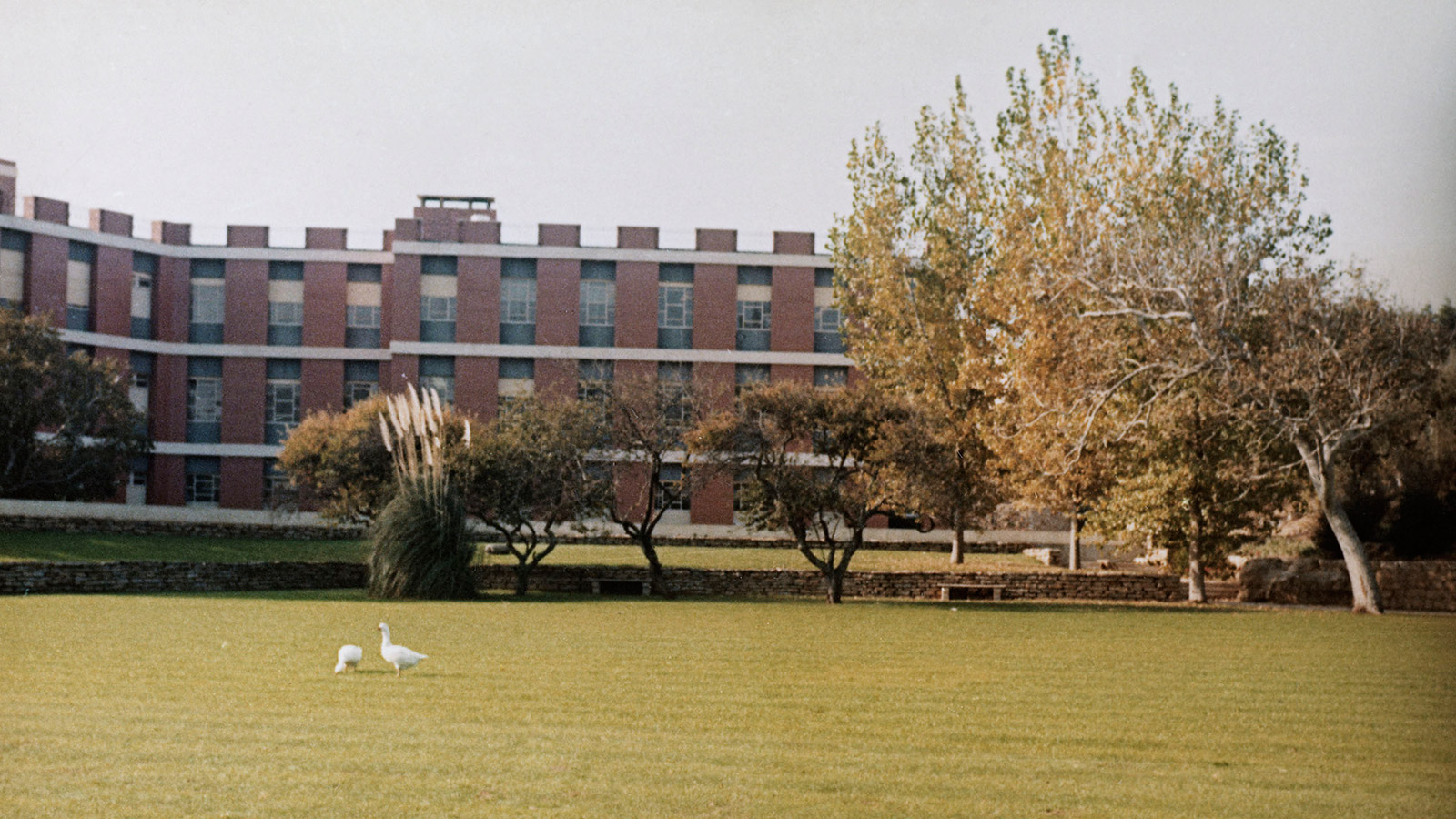The Instituto Gulbenkian de Ciência architectural complex
To an important extent, the Instituto Gulbenkian de Ciência grew out of the Research Centre for Agricultural Economics (1957-1986) which was the Foundation’s first scientific research unit and, at the time, the only organisation in Portugal specialising in agricultural economics.
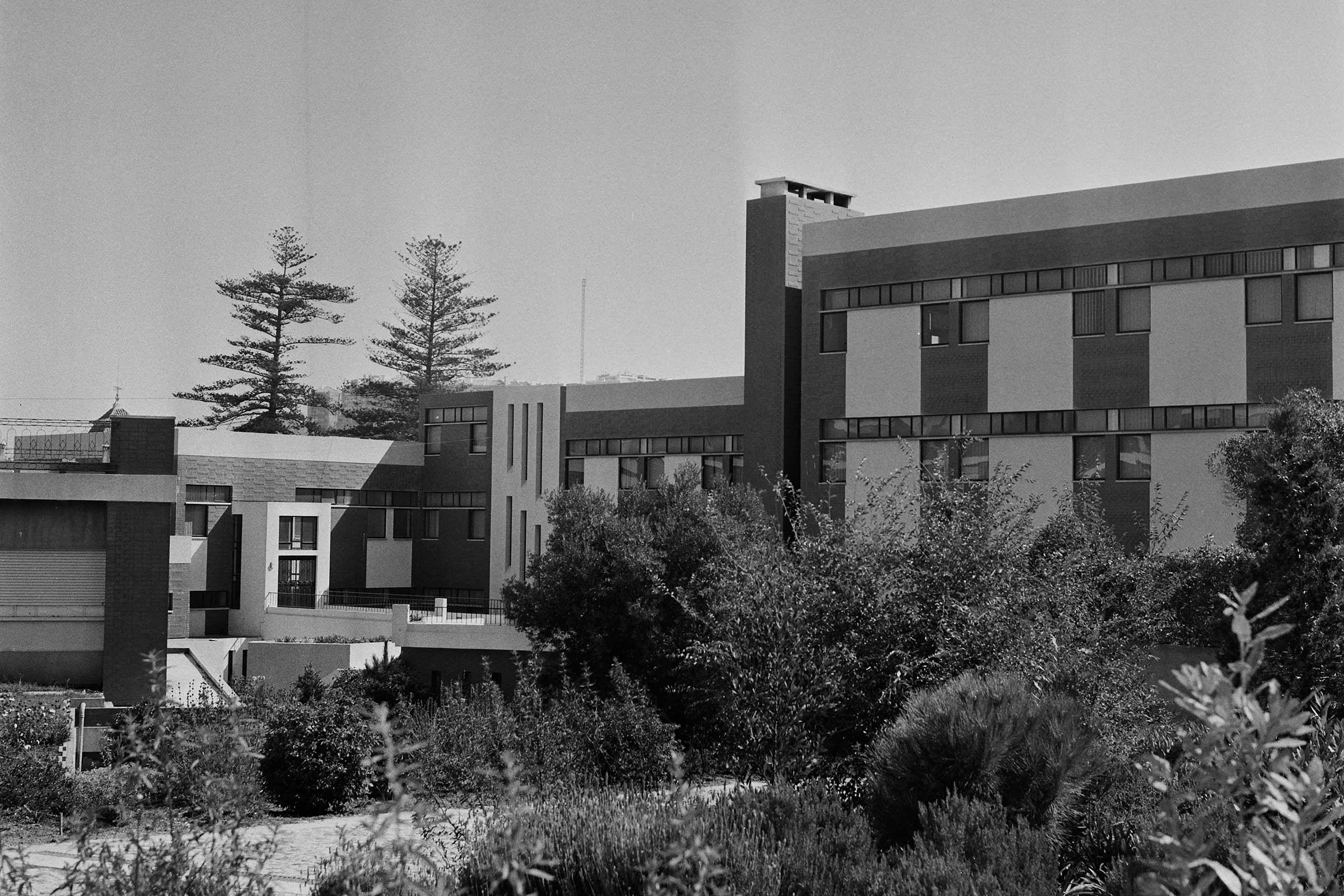
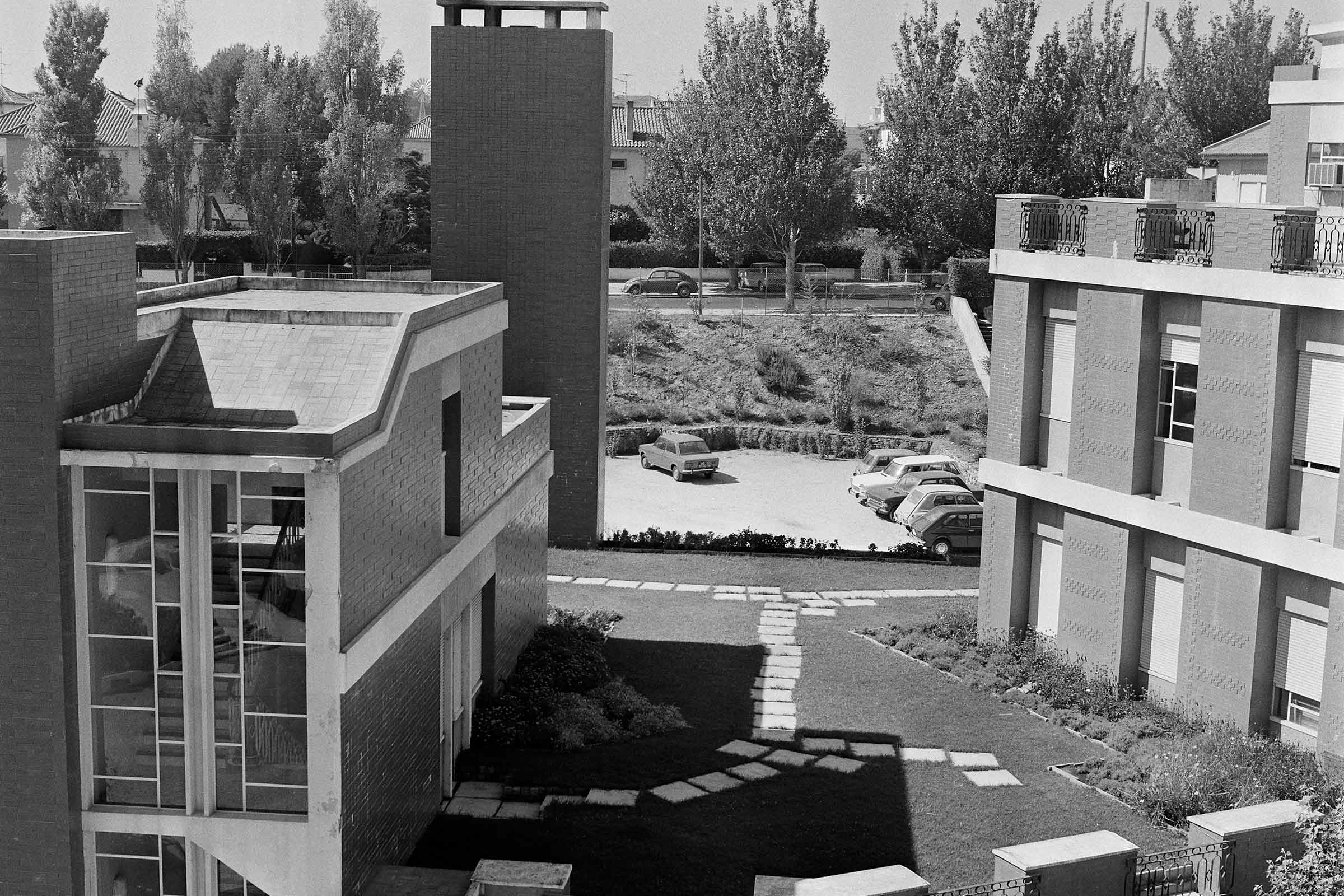
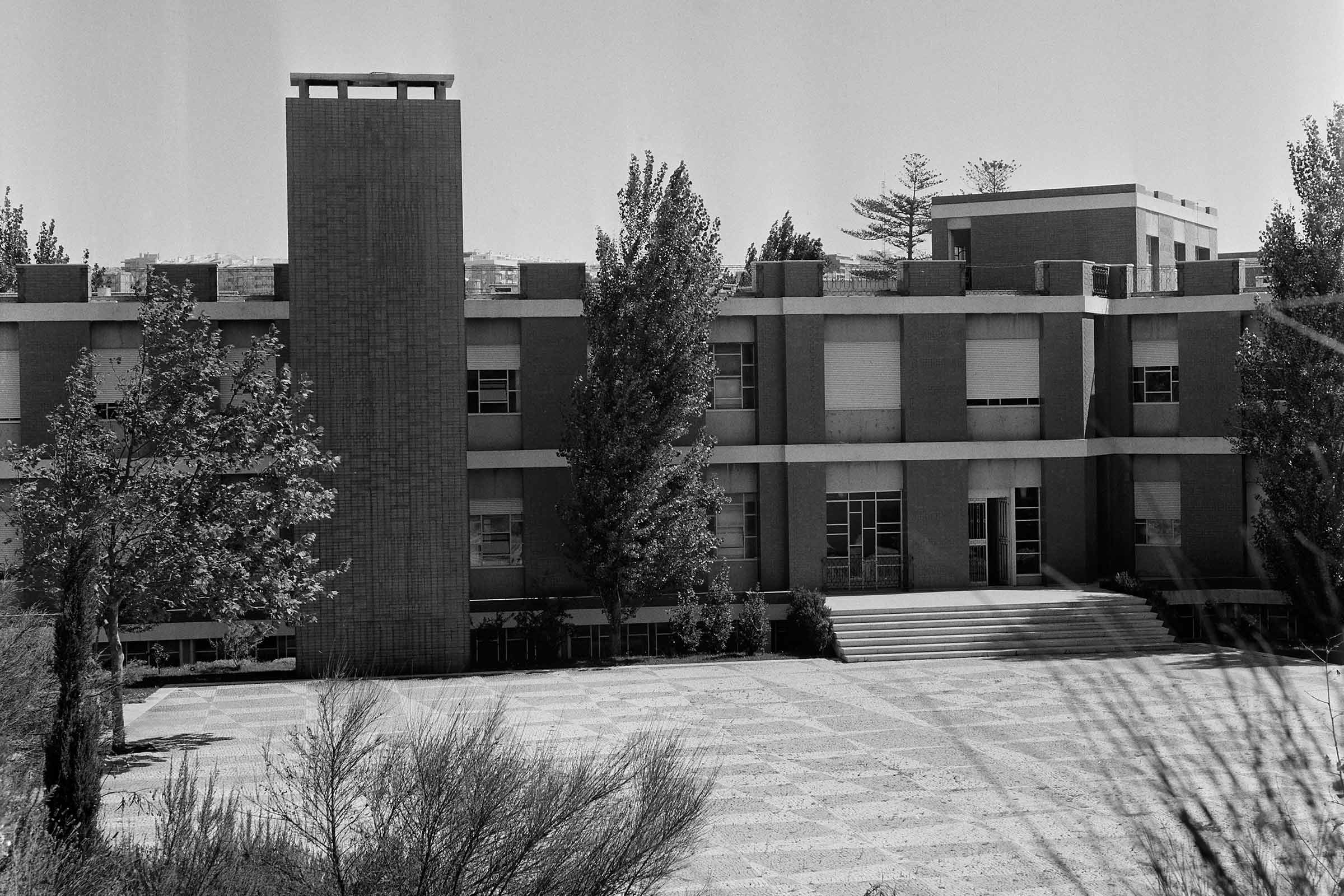
In José de Azeredo Perdigão’s words, it was set up in view of the “lack of a unit devoted to studying and researching the economic issues faced by Portuguese agriculture, (…) directed and funded by a private institution required by its charter to further all forms of scientific activity”. It started work in February 1958, in what was then the Parque de Santa Gertrudes, on Avenida de Berna, in Lisbon.
The Instituto de Investigação Científica Gulbenkian (Gulbenkian Institute for Scientific Research), as it was then known, was only founded three years later, on 19 July 1961, on the basis of a proposal submitted by the Advisory Board to the Foundation’s Science Department.
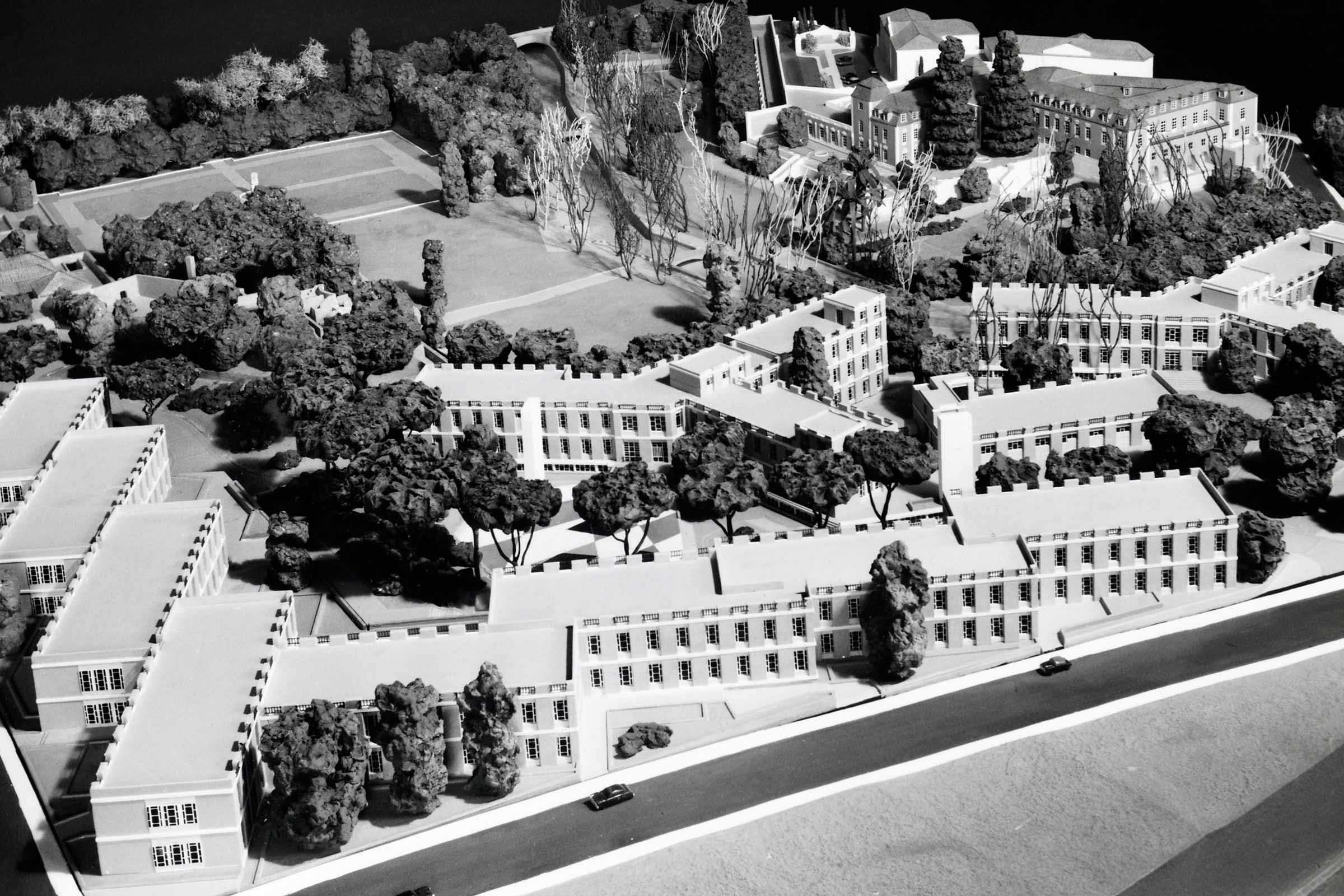
This was to be an umbrella organisation for several research centres: the Scientific Calculation Centre (1962-1985), the existing Research Centre for Agricultural Economics, the Centre for Biological Studies – or Biology Centre (1962-) – corresponding to what is today Instituto Gulbenkian de Ciência, the Educational Research Centre (1962-1980) and the Centre for Economic and Finance Studies (1964-1971).
Without a building of its own, the institute initially installed its various centres in rented premises around Lisbon. The idea of bringing together all the centres on a single site was established as a priority, and the location chosen was the land adjoining the Palácio do Marquês de Pombal, in Oeiras, which the Calouste Gulbenkian Foundation had purchased in 1958 to house the Founder’s art collection.


The land available turned out to be smaller than needed for the complex of buildings envisaged, making it necessary to purchase and swap a number of neighbouring plots of land, to facilitate access to the future Instituto Gulbenkian de Ciência buildings.
The initial site divided into three areas: the land on the left bank of the stream (Ribeira da Laje), the land along the southern boundary of the estate, grounds and plots adjoining Rua Desembargador Faria and Caminho das Quintas e Lagares, and the land on the right bank of the Ribeira da Laje.
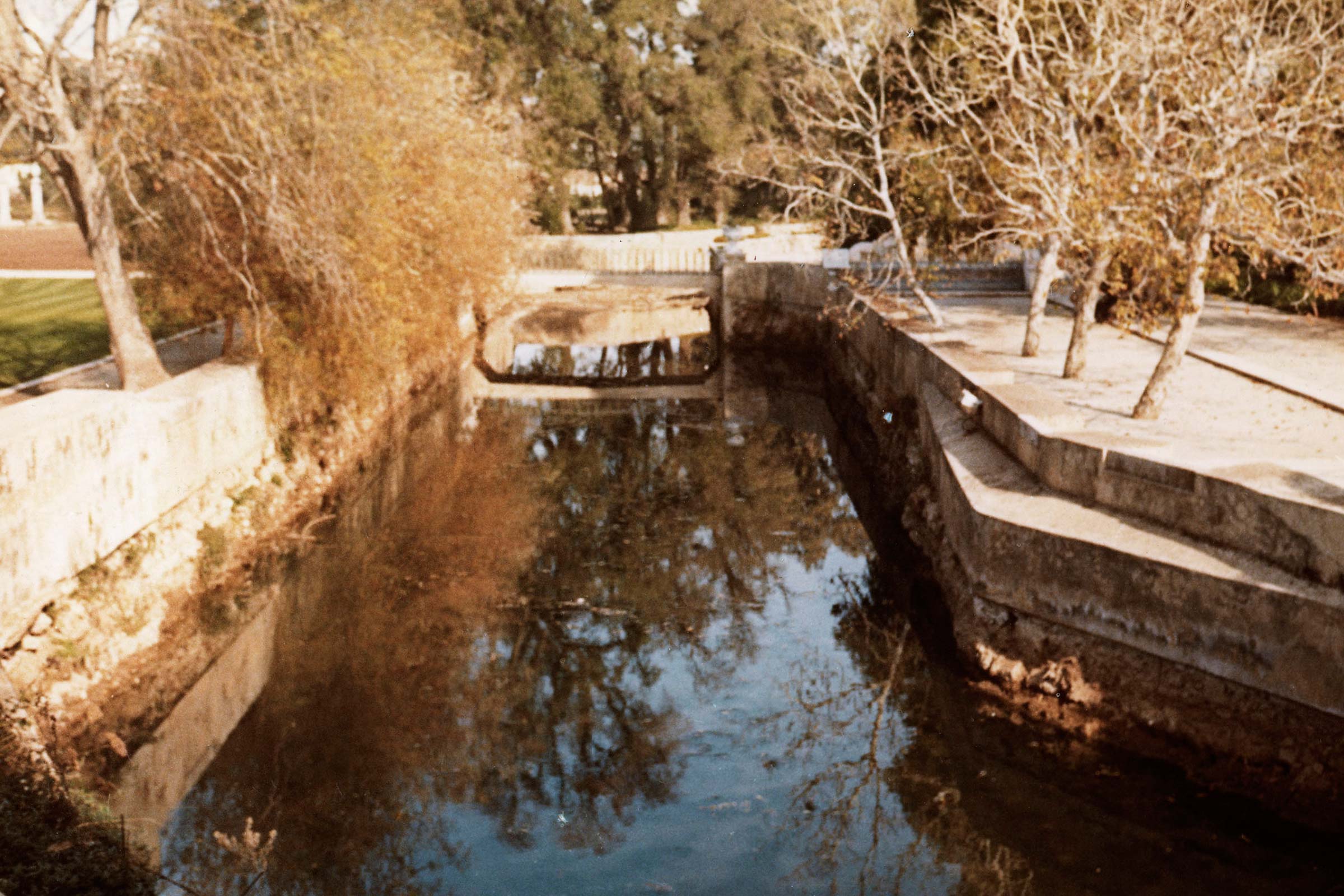
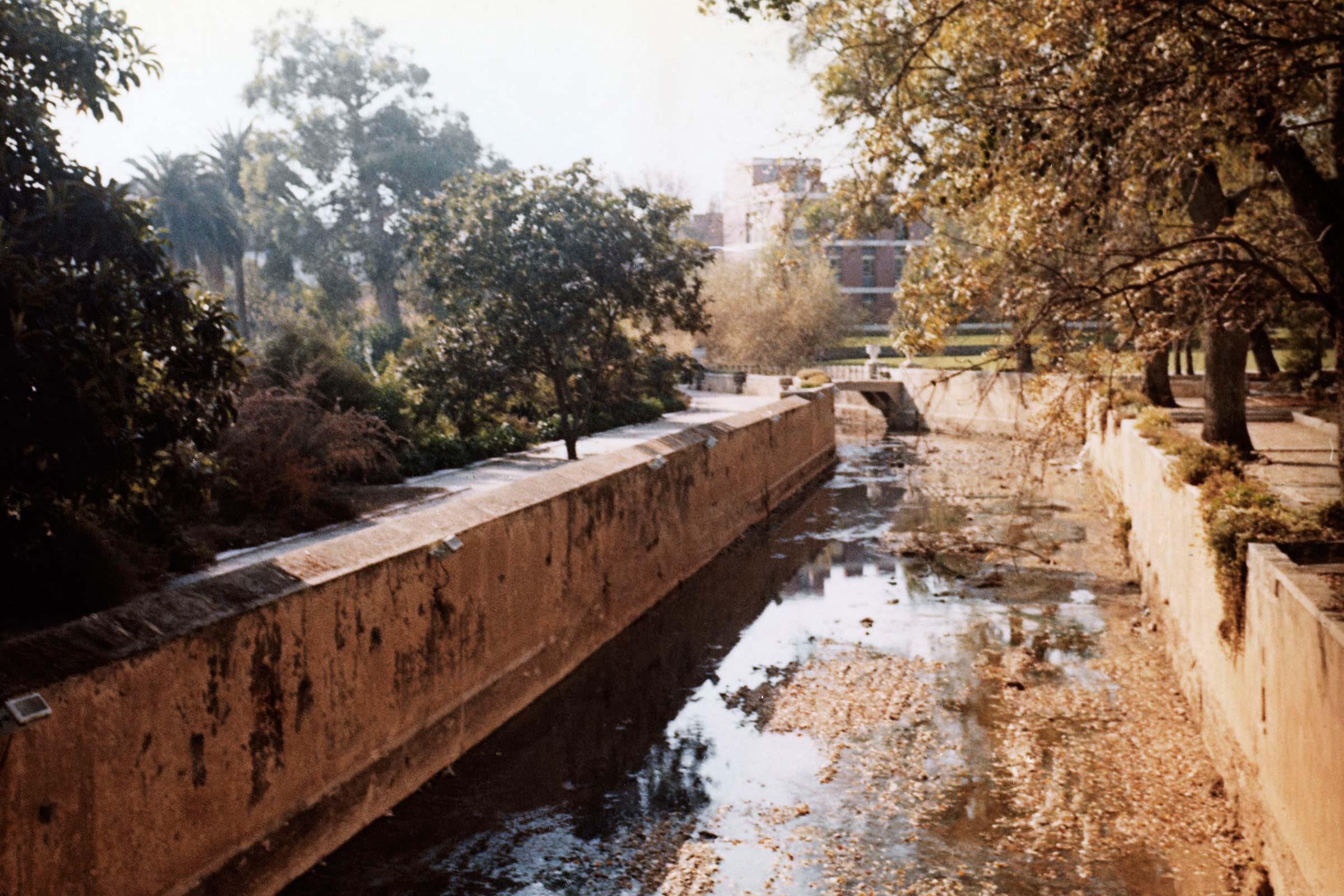
The architects for the buildings making up the new Instituto Gulbenkian de Ciência’s complex were Jorge Fernando Sotto-Mayor d’Almeida and Manuel Roquette de Mello Campello, from Foundation Projects and Works Department. The engineers responsible for the structural design of the buildings were João d’Arga e Lima and José Marecos. The landscape architect Gonçalo Ribeiro Telles was responsible for the grounds.
The plans for the complex were approved “with real enthusiasm” by Oeiras Municipal Council, in February 1964, and work started in September, with the preparatory work on the right bank of the Ribeira da Laje and structural construction of the first Instituto Gulbenkian de Ciência building, the Centre for Biological Studies.
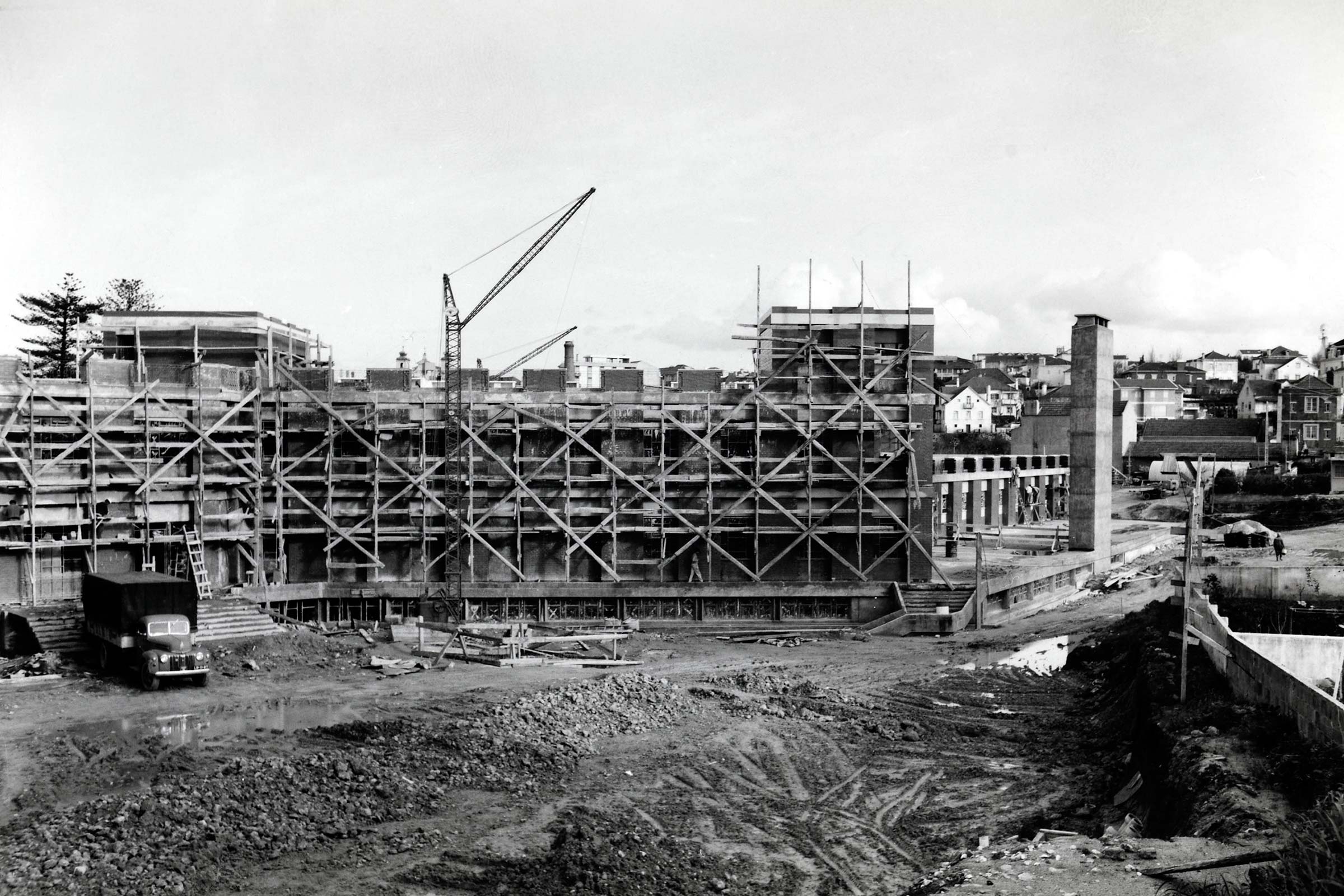
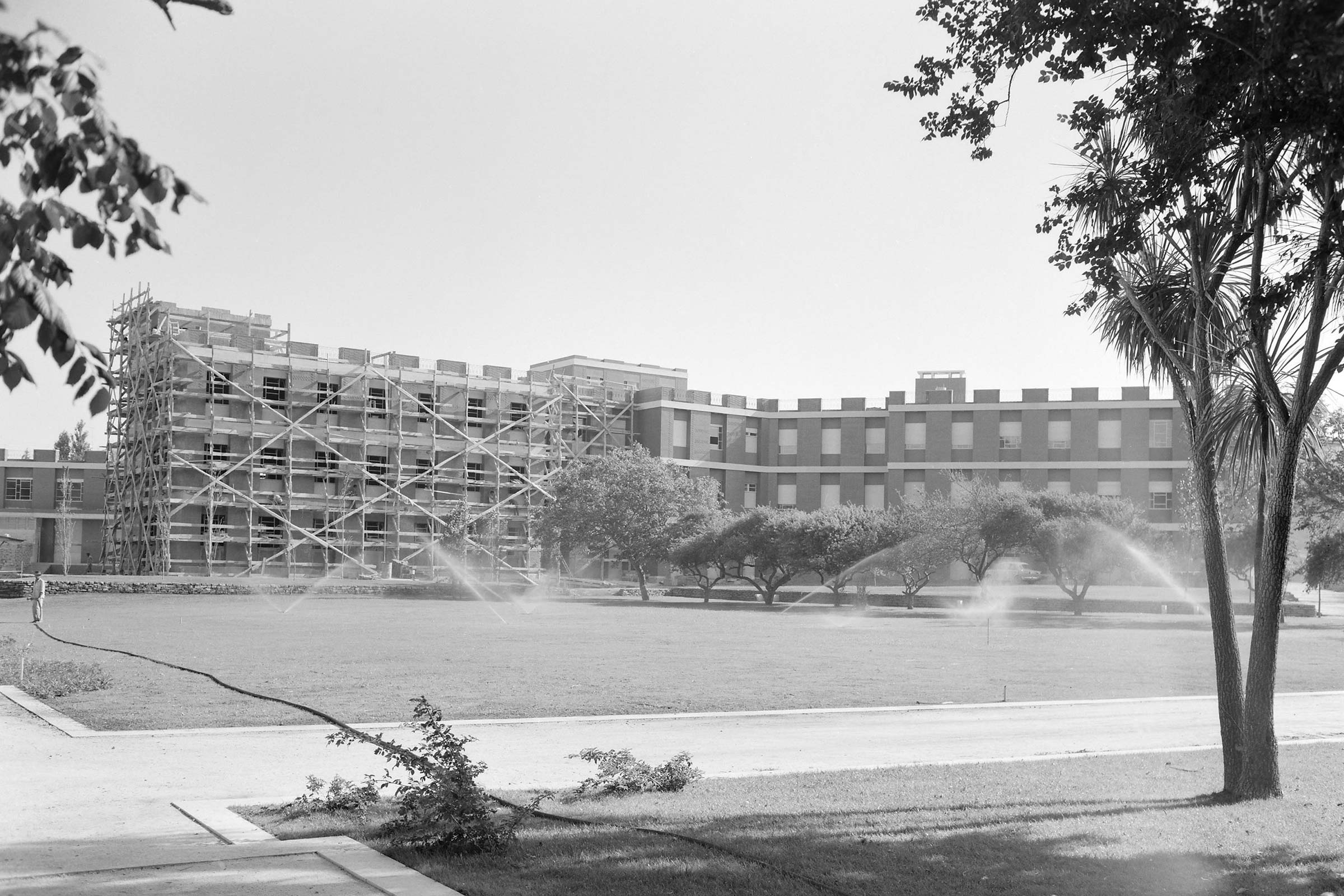
The four laboratories making up the Centre were ready for use in early 1966, and work was proceeding on construction of the bioterium. Although the architectural complex was officially opened on 20 July 1967, work on the building for the Scientific Calculation Centre started in 1969 and was completed in 1971. The Research Centre for Agricultural Economics later occupied part of these premises, in 1972, along with the Science Department, temporarily transferred to this site, and later returning to the Foundation’s headquarters.
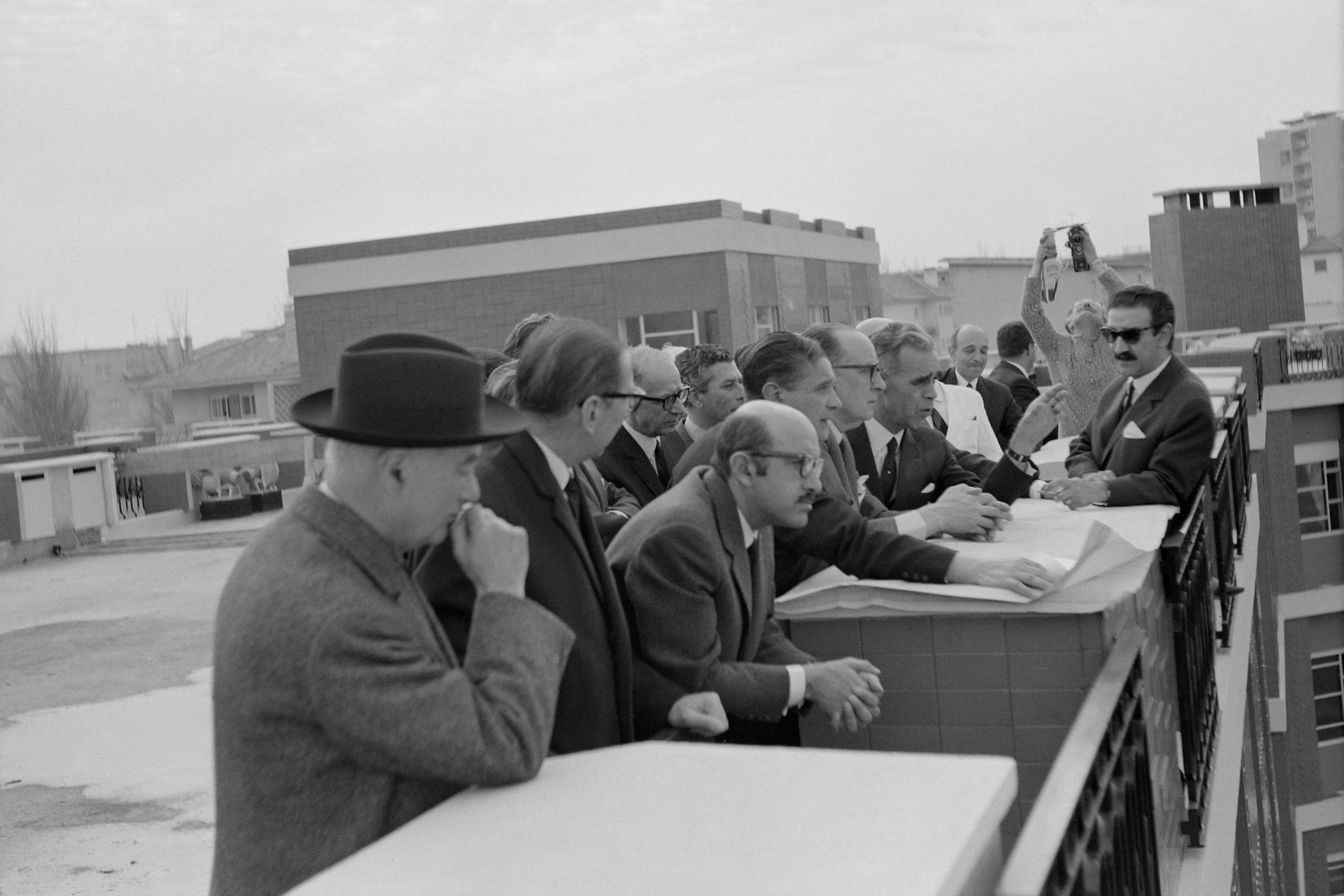
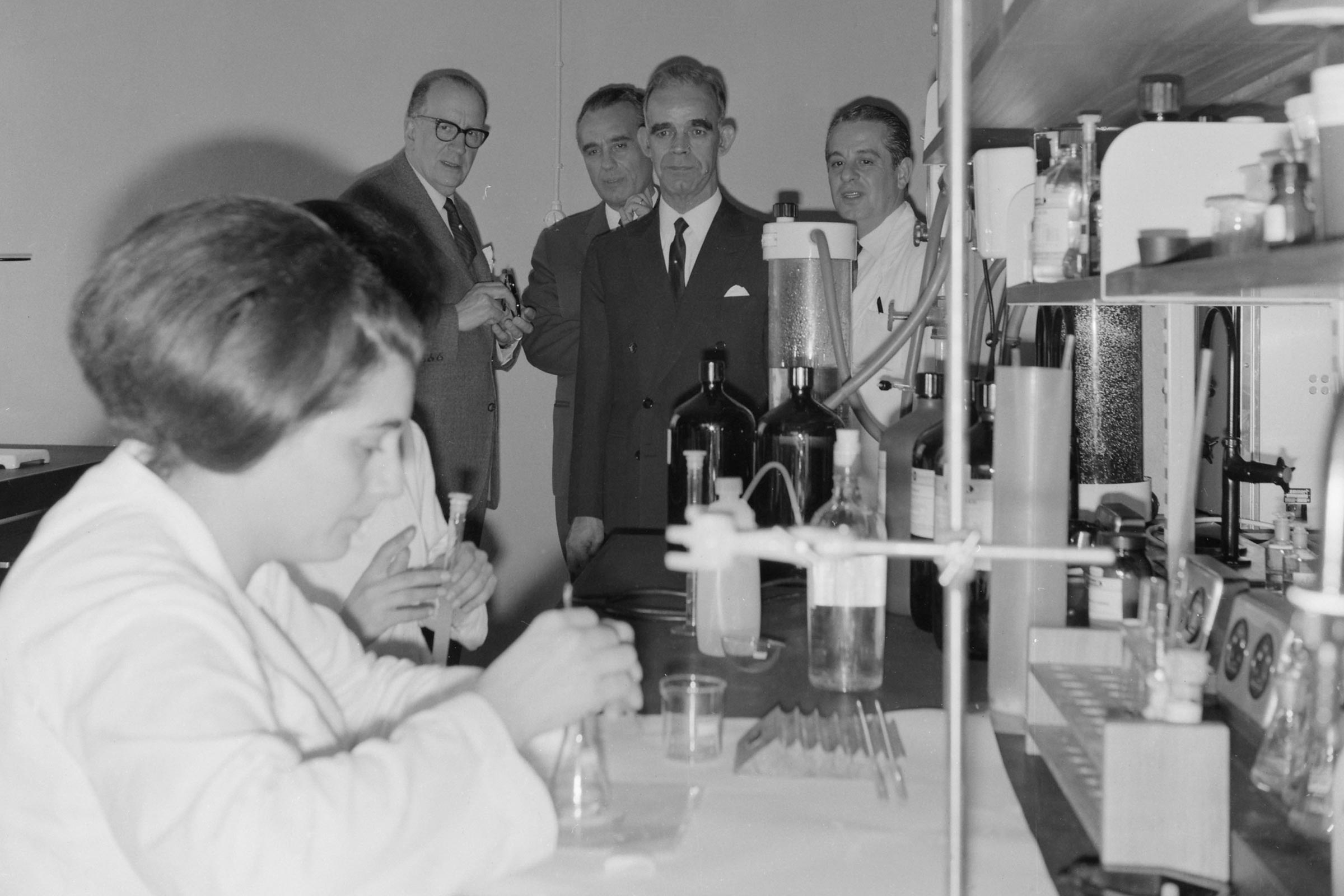
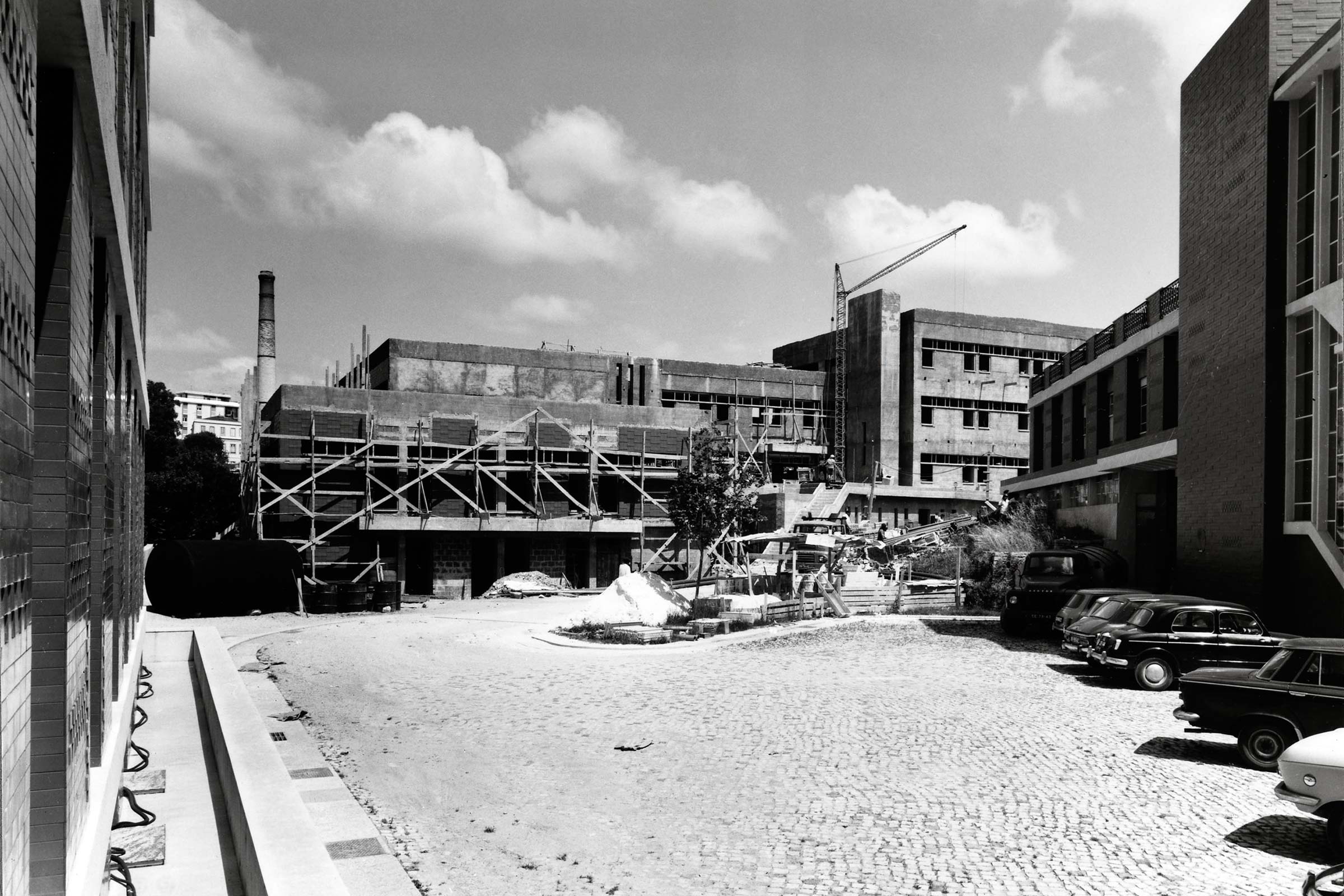
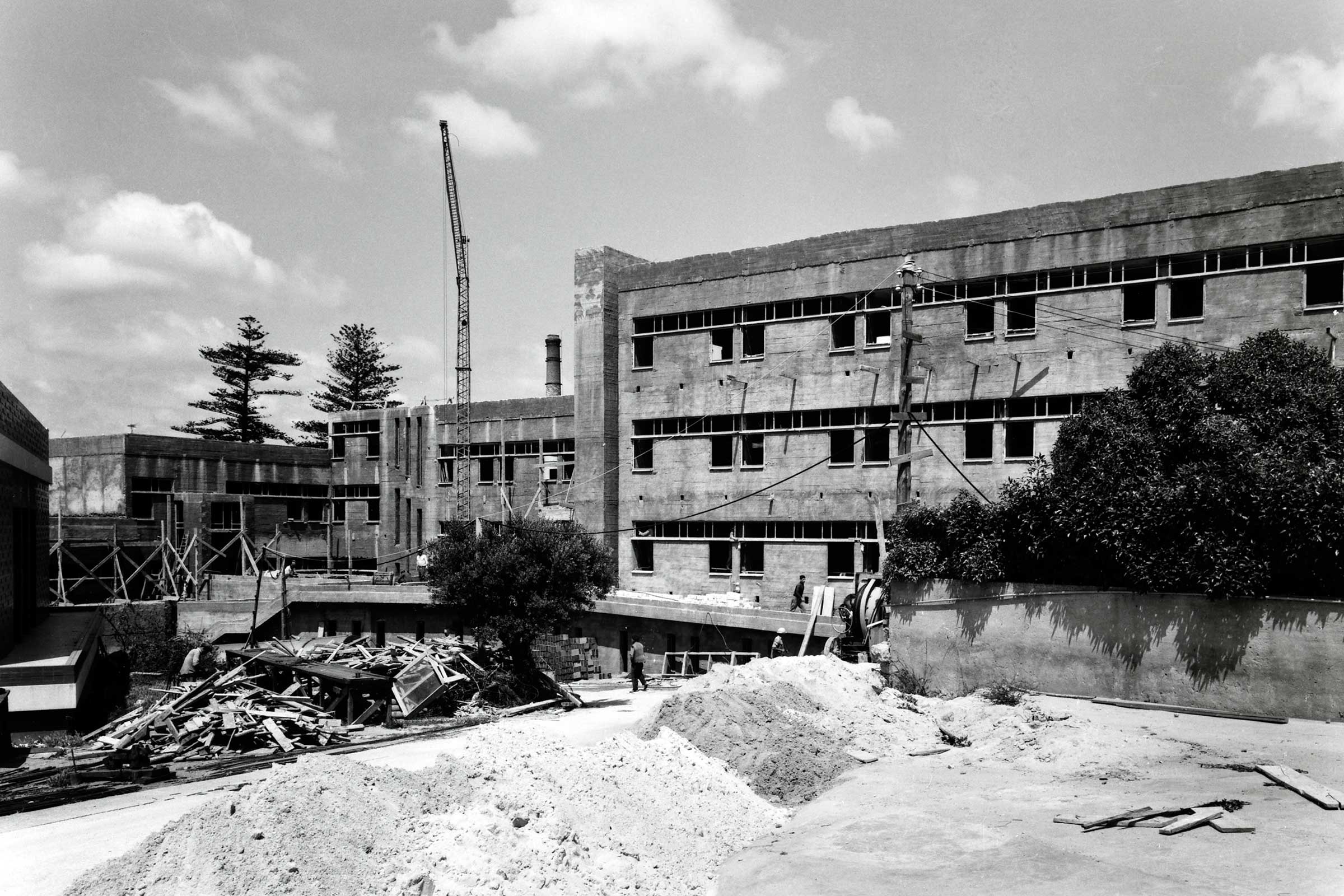
Only two research centres belonging to the Instituto Gulbenkian de Ciência never occupied the new complex. The Educational Research Centre, which moved from number 56, Avenida de Berna to the 1st floor of the Palácio do Marquês de Pombal (when the museum was transferred to the Gulbenkian’s new headquarters in Lisbon), requiring works in the palace; and the Centre for Economic and Finance Studies, which was housed at number 56, Avenida de Berna until it was wound up in 1971.
The Instituto Gulbenkian de Ciência has undergone several organic restructurings over the six decades of its existence. At the turn of the millennium, it became an internationally recognized research center, dedicated to biological and biomedical research, innovative postgraduate training and the transformation of society through science.
During 2024, following a merger process with the João Lobo Antunes Institute for Molecular Medicine, this space will become the Oeiras hub of the new research center —GIMM Gulbenkian Institute for Molecular Medicine — where it will remain until the construction of a new home for GIMM is completed.
From the Archives
Significant moments in the history of Calouste Gulbenkian and the Gulbenkian Foundation in Portugal and around the world.
